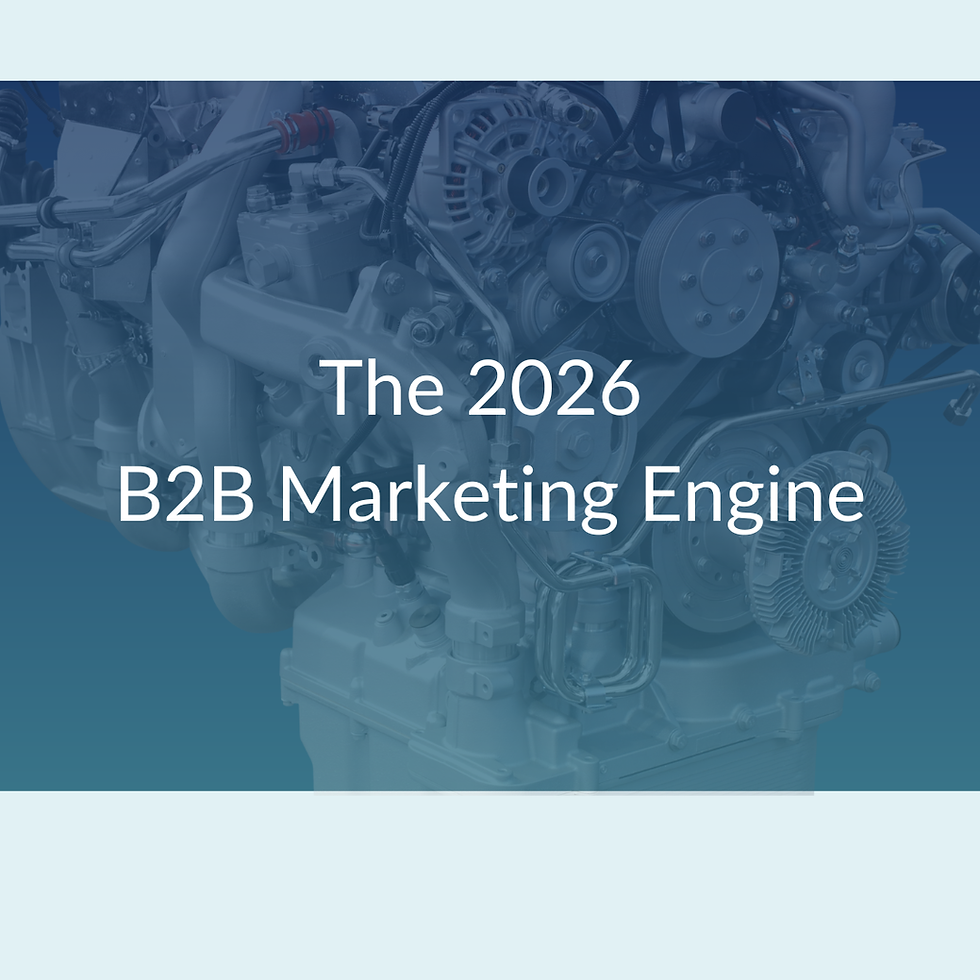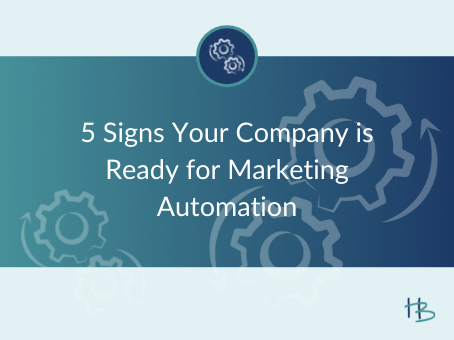Ready to Scale? How to Select the Right Automation Marketing Automation Platform
- Heather

- Feb 6, 2020
- 3 min read
Updated: Sep 4, 2021
Before we dive in, google “LMGTFY.” You won’t be sorry. The Internet is amazing for its amount of valuable information. It’s also a place for extreme overwhelmed-ness when you are trying to make a decision about which marketing automation platform is best for your business.
Maybe I can help.
Every platform claims to be the best with the best features and the best service for the best price. Every platform also caters to various levels of buyers (i.e. startups to enterprise) to get you in then raise you up. It’s smart on their part yet confusing as heck for those of us narrowing down any marketing technology decision.
Here’s the truth.
Any decision you make won’t be perfect because there isn’t one perfect decision for your business.
Like most things in life, what’s best will vary by the role of the person using the platform or simply by individual preference or familiarity. The things your CFO cares about won’t necessarily align with what your VP of Sales demands. And that’s OK.
Yes, you want to be thoughtful in your approach and be sure you assess each option with your punch list in mind. But you’re not crazy if the first question you ask yourself is, “How do you even know what your punch list should be!?!?”
Questions you’re probably pondering, include:
How can I get the most value?
What matters most to my business?
What features am I paying for that I will actually use?
Most importantly perhaps, which features aren’t included that you will want?
How much will this really cost after setup, implementation, contact list import, and email sends?
Hang in there.
If you’re feeling a bit overwhelmed, you are not alone. But rather than give you a comprehensive review of the available marketing automation platforms — which are available here, here and here — I thought I would offer you a framework for how to evaluate the ones on your list to scope out.
Here are the questions and elements to consider when weighing the pros and cons. (If you keep reading, there’s also a free UNGATED Google Sheet you can have to get started.) I hope it’s helpful.
PRICING: Be sure to look at both the costs to start (onboarding, implementation, training) and a 3-5 year outlook on expected software renewals based on your projected growth in contact to have a comprehensive understanding of the investment.
USABILITY: Marketing automation is inherently complex so the usability and access to experts should be a large part of the consideration phase, especially if you don't already have in-house staff to manage.
INTEGRATIONS: It's important to understand how the platform can (or cannot) integrate with your existing technology stack. Be sure to include your CRM, ERP, Sales CRM, eCommerce platform (if applicable) and, of course, your website.
TRAINING & SETUP: The amount of time and technical knowledge to successfully set up marketing automation should be taken into consideration.
FEATURES & FUNCTIONALITY: Truth be told, this is the overwhelming part! I suggest making a list of the things you absolutely know you want or need. Then use that list as the initial measure for each platform you assess. Then let your research uncover additional features you decide you may want or need in the next 12 months.
Here are what I consider to be some baseline marketing automation features. This list could go on and on and will vary slightly based on the business, but it should give you a decent starting point at least.
DOWNLOAD this UNGATED Google Sheet to get started on your Marketing Automation Evaluation.
CRM / sales capabilities
Create stages in your sales process
Set up a deal pipeline for each customer segment
Establish a path for all leads (leave no lead untouched)
Assign leads to specific teams or sales reps
Set up lead scoring (Contact, Lead, MQL, SQL)
Email capabilities
Automatically segment contacts into lists
Adhere to CAN-Spam compliance and sending best practices
Easily create emails with HTML and responsive templates
Mobile first design and considerations
Get help with deliverability - best send times, bounce management, etc.
Set up triggered drip sequences
Built-in A/B testing
Content capabilities
Easily manage files and assets
Ability to personalize content based on list or contact attribute
Ability to create landing pages
Chat functionality or integration with CS software
FAQ functionality
eCommerce capabilities
Integrates into eCommerce platform
Trigger-based sales opportunities, i.e. abandoned carts
Social media capabilities
Integrate common social media platforms
Respond to social inquiries (automated + real-time)
Track performance of social in campaigns
Social listening based on brand, competitors and keywords
Data Management & Security
The data is encrypted correctly
Authentication processes are integrated properly
Role-based access options
Analytics & Reporting Capabilities
Pipeline management is clear and effective
Understand customer lifetime value over time
Ability to group components together for "campaign" dashboards
Robust API for CDP integration
DOWNLOAD this UNGATED Google Sheet to get started on your Marketing Automation Evaluation.
What would you add? Please comment below, and I’ll share a revised/updated version.
And, as always, if you want someone to take a look at your existing program, make recommendations or help you elevate its effectiveness, email me. I’d love to chat.





You really make it seem so easy with your presentation but I find this matter to be actually something which I think I would never understand. It seems too complex and very broad for me. I’m looking forward for your next post, I will try to get the hang of it!